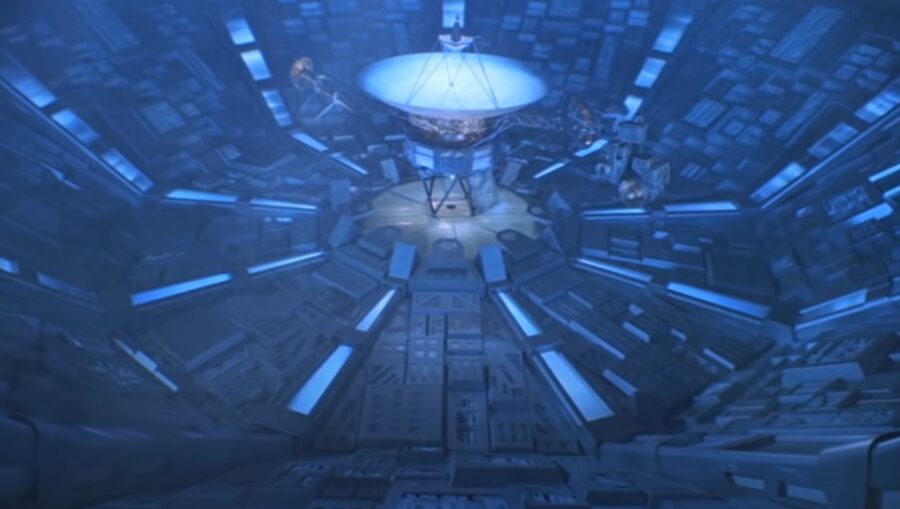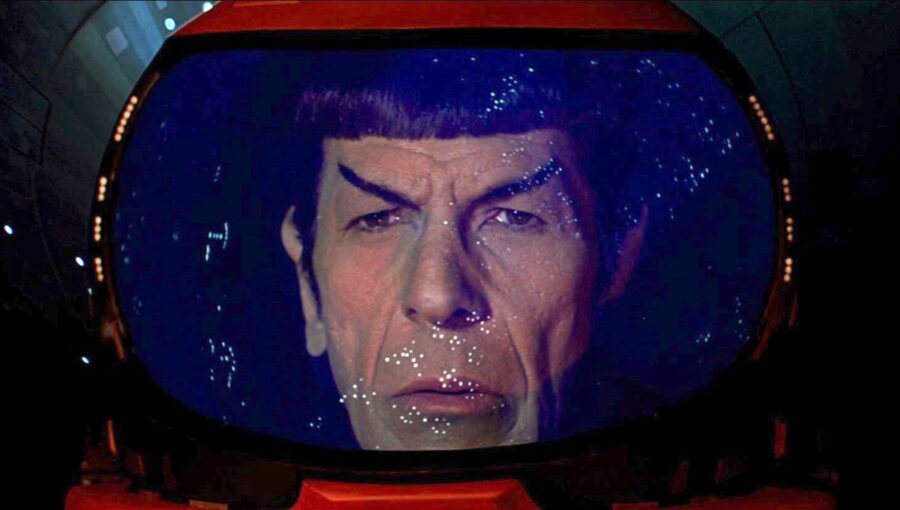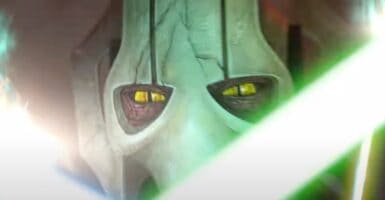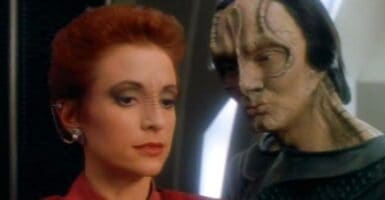Something Strange Is Wrong With The Voyager 1 Space Probe
Do you want evil space clouds? Because this is how we get evil space clouds.

On September 5, 1977 — four months after Star Wars released in theaters for the first time — NASA launched the Voyager 1 space probe. According to the live Mission Status page for NASA’s Jet Propulsion Laboratory, Voyager 1 is traveling at over 38,000 miles per hour and is close to 14.5 billion miles from Earth; making it the most distant artificially human-made object from Earth in existence. But now there’s a serious issue: some of the data the probe sends back to Earth is wrong and, as a result, NASA isn’t sure exactly in which direction the probe is pointing.
According to NASA, the issue is with the probe’s attitude articulation and control system (AACS). The engineers report that, for the most part, the AACS seems to be functioning as it should. However, the data it’s sending back to Earth is invalid. For example, some of the data appears to be generating randomly. One of the AACS’s primary functions is to make sure that the Voyager 1 high-gain antenna is pointed at Earth. The good news is that NASA believes the antenna is still oriented as it should be because its signal remains as strong as ever.
Of course a signal that’s “as strong as ever” is a bit relative, because it takes two days for NASA to send a command to Voyager 1 and get a response, which is to be expected. At its current distance from Earth, it takes light 20 hours and 33 minutes to travel between the Earth and the probe.

Now, if you’re familiar with the plot of Star Trek: The Motion Picture — which released two years after Voyager 1’s launch — you might be a little concerned. You may very well be thinking, “Do you want giant space clouds that vaporize space ships and then demand a human sacrifice to stop the carnage? Because this is how we get giant space clouds that vaporize space ships and then demand a human sacrifice to stop the carnage.” But according to NASA, there’s no reason to get worried that we’re about to be plagued with the embarrassingly and painfully and legendarily long establishing shots of the Enterprise just yet. All things considered, things are actually going better than expected with Voyager 1.
“[Voyager 1 and Voyager 2] are both almost 45 years old, which is far beyond what the mission planners anticipated,” said Suzanne Dodd, project manager for Voyager 1 and 2 at NASA’s Jet Propulsion Laboratory. “We’re also in interstellar space – a high-radiation environment that no spacecraft have flown in before. So there are some big challenges for the engineering team. But I think if there’s a way to solve this issue with the AACS, our team will find it.” Dodd also said if — worst case scenario — her team isn’t able to fix the problem, they’ll instead be able to “adapt to it.”
NASA confirms that Voyager 2 is still operating normally. Compared to Voyager 1’s 14 billion-plus miles distance from Earth, Voyager 2 is only over 12 billion miles away. It’s traveling at close to 34,400 miles per hour, which is around 3600 miles per hour slower than Voyager 1. Possibly because Voyager 2 is lazy. Or it just misses us.












